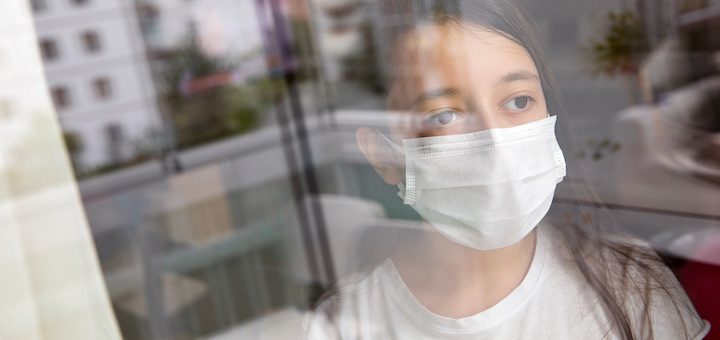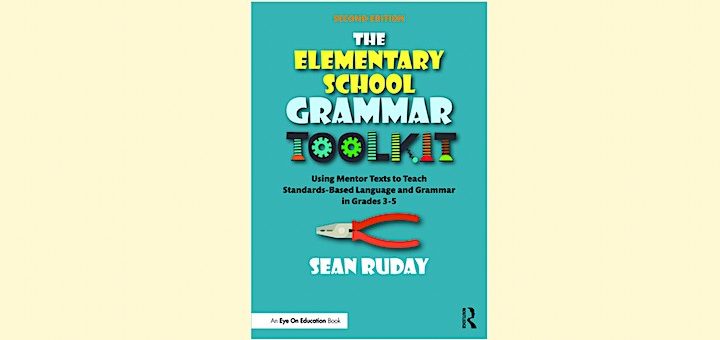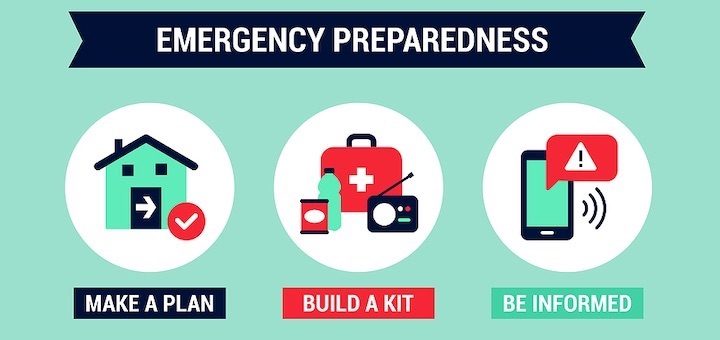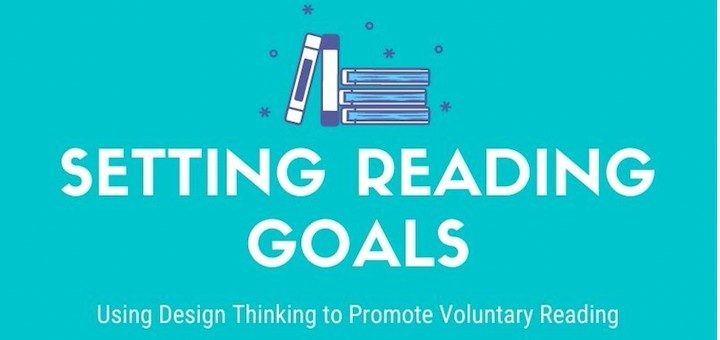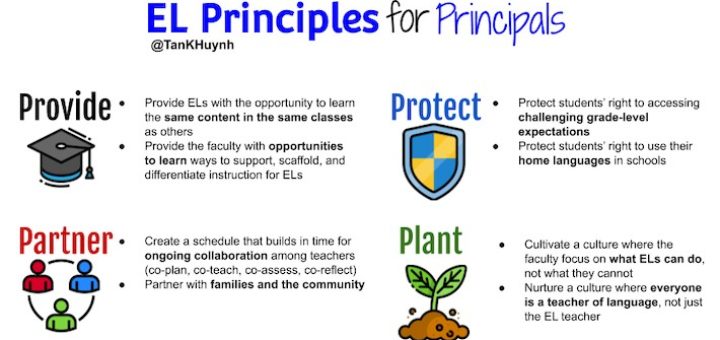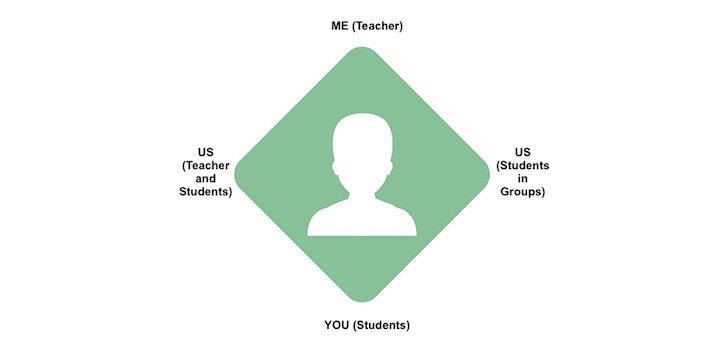Teaching and learning in grades 4-8
2020 has been traumatic for students. A global pandemic, social unrest, and economic hardship have all impacted their well-being. For adolescents, writes school counselor Stephanie Filio, there is also no reprieve from the emotional clutter of growing up. Here’s her advice.
Using homemade surveys can help you become a better teacher and leader. They can boost our understanding of student, parent and staff perspectives on issues that impact teaching and learning. Principal and NBCT Rita Platt shares ways she uses them – with tips and resources.
In The Elementary School Grammar Toolkit Sean Ruday shows how to use mentor texts as a tool to help kids connect with engaging material as they learn proper writing conventions. Teacher Kathie Palmieri says the book will enrich writing in the intermediate grades and beyond.
Literacy specialist Sunday Cummins shares her “explode to explain” technique, using a Newsela story about shark-spotting aerial drones along the beaches of Australia. It’s one more tool to help students develop a skill set for understanding and retaining informational text.
As kids around the world face natural disasters and a pandemic, teachers can help them develop a sense of agency as they develop specific STEM skills by exploring a local or global engineering challenge. Anne Jolly has ideas and resources, including a viable Covid mask.
This fall Katie Durkin’s middle schoolers developed a voluntary reading plan using a design thinking process. After modeling her own reading goals, she had students generate and pursue ‘prototype’ goals that helped them expand choice and voice in their reading practices.
There are too many demands on instructional time in the Covid era to waste very much of it teaching at the lowest level of Bloom’s Taxonomy. ELA/ENL teacher Dina Strasser recommends taking a fine-tooth comb to those sometimes necessary TPT plans and removing the fluff.
Principals are the creators of school culture. Through their words, actions, and policies they can assure ELLs’ success. The work teachers need to do with language learners can’t be done without principal support. Tan Huynh offers 4 principles for school leaders to adopt.
With at least half her math students learning virtually, Michelle Russell found it necessary to slow down and focus on critical standards. To her surprise, both her quarantined kids and her face-to-face students are learning and retaining more by going at a slower pace.
For years teachers have used the gradual release model to shift ownership and responsibility by degrees from themselves to students. In a remote setting, gradual release is often even more important, as students need structure to learn. Barbara R. Blackburn shows how.

